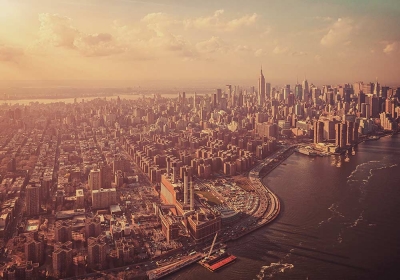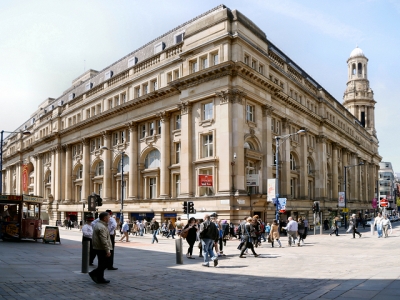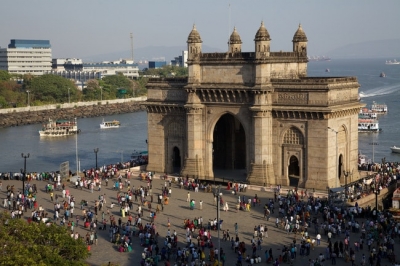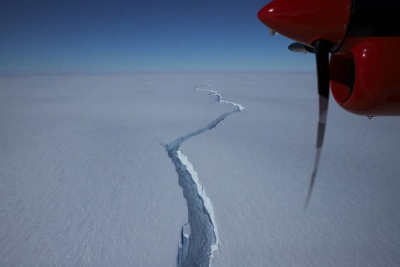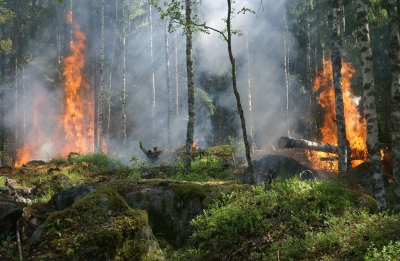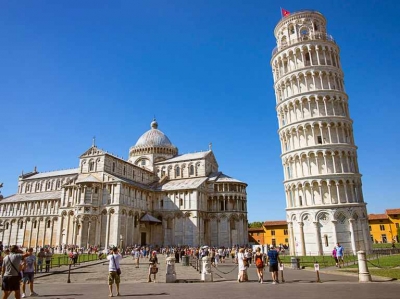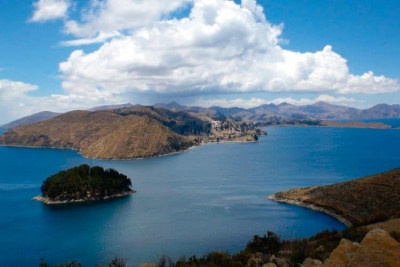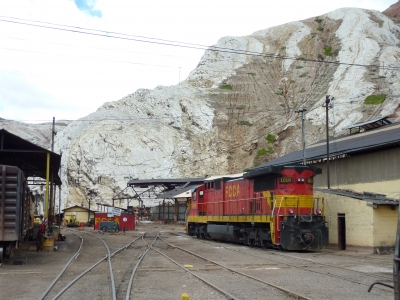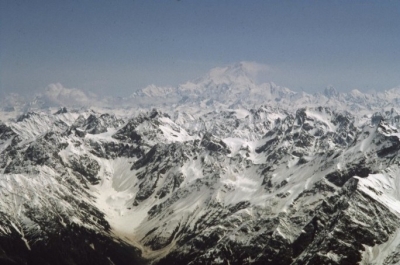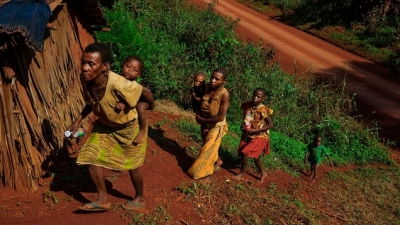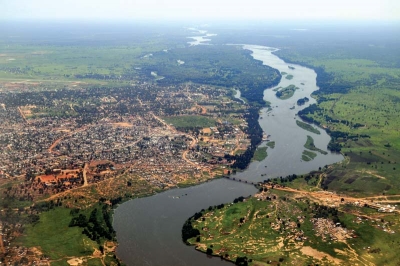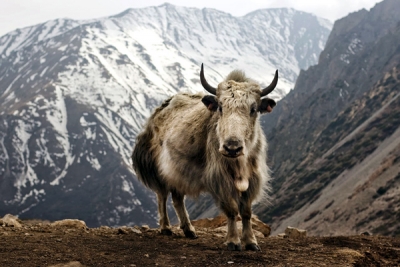
Covering an area of nearly six lakh sq.km., and spanning many regions, including India. Nepal, Bhutan, and Tibet, the Himalayas is one of the youngest mountain ranges in the world. Home to the world’s highest peak Mount Everest, it hosts several other high peaks too. Due to the different altitudes and climatic conditions within the vast expanse of the region, the vegetation is varied too. It spans everything from deciduous forests and alpine forests to meadows and scrubland. Many rivers and glaciers in the Himalayas too have a major influence in the shaping of the landscape.
Wildlife
The diversity in the flora of the Himalayas also means it nurtures a wide variety of birds, animals, reptiles, and amphibians. Red panda, snow leopard, clouded leopard, Himalayan tahr, Himalayan black bear, Himalayan marmot, Himalayan yak, and langur, are among the animals that can be spotted in the region. Birds that can be found here include bulbuls, barbets, finches, kingfishers, flycatchers, buntings, cuckoos, thrushes, owls, pigeons, flowerpeckers, quails, woodpeckers, warblers, tits, larks and eagles. The Himalayan monal is one of the most colourful birds of the region.
Lifeline
The Himalayas has been closely tied to the lives of people in Asia, and the mountain range is revered in several cultures. It is home to millions of people, and supports the livelihood of many more. Due to the altitude and location, the region plays an important role in the climate of many countries, including India. Several important rivers such as the Indus, the Ganges, and the Brahmaputra originate in the Himalayas. Melting snow, glaciers, and rainfall feed many of these perennial rivers, taking care of the water needs of millions of people across many countries. These rivers leave their nutrient-rich deposits as they flow, giving rise to fertile soil - just perfect for cultivation - across many regions. The forests of the mountain range not just host many types of wildlife but also ably support the growth of medicinal plants and timber, offer grazing grounds for cattle, in addition to several forest produce. The Himalayas is also an important place for tourists and pilgrims.
Threats
Climate change: Even though some of the areas in the Himalayas are remote, they are being affected by climate change too. Cold temperatures in most regions in the range have warmed up faster than in many parts of the world. As a result, glaciers and permafrost are melting faster. Even weather patterns have fluctuated wildly, triggering more natural disasters. This could mean dry spells, especially when farmers need water or unprecedented floods. These events affect landscapes, livelihoods, and lives too.
Human presence: While mountaineering can boost tourism in any country, it can bring with it several disadvantages too. Mount Everest in Nepal is a classic example of this. Already hit by climate change the peak is packed with mountaineers during the climbing season. Which means there's mounds of rubbish and garbage strewn around the place. Oxygen cylinders, cans, tom tents and ropes, and human waste make a bulk of the rubbish. Sadly, due to the expenses that could be incurred, sometimes the bodies of some dead climbers are left behind too. While there have been many calls to control the number of people climbing it and what they leave behind a lasting and concrete solution to the problem has remained elusive.
Territorial disputes: Since the mountain range spans many countries, "territorial disputes" can affect ongoing projects that study the region. Among these are international collaborations on research related to climate change in the mountain range. Diplomacy issues can last for a short period or extend into years, and both do affect precious work taken up to analyse the region.
Picture Credit : Google

